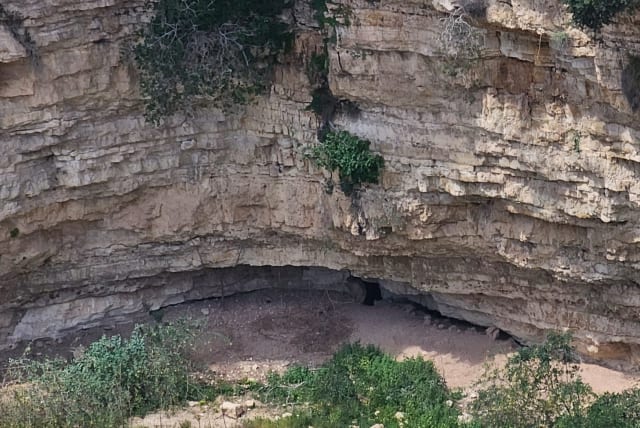Fifteen-year-old teen from Israel's north diagnosed with cave fever

The little tick that bites and sends people to the hospital
A rare case of “cave fever” was diagnosed recently in Haifa’s Bnai Zion Hospital (Rothschild) pediatric emergency room. A 15-year-old boy from a settlement in the North was suffering from high fever, headache, rash, and vomiting, which started four days before his visit.
In the emergency room, treatment was immediately started with the administration of fluids and broad-spectrum intravenous antibiotics. But a few minutes later, the youth had a severe reaction with body tremors, changes in blood pressure, rapid pulse, increased vomiting, and marked restlessness.
Dr. Mordechai Pollak of the pediatric pulmonary institute suspected he had “cave fever.” A quick blood test by the microbiological laboratory team identified the Borrelia spirochete bacterium under the microscope.
After the lab’s finding, Dr. Yoel Bar Shalom of the hospital’s pediatric emergency department said the teen was questioned again and said he had stayed for about an hour in an isolated cave in the Lower Galilee. He was most likely stung by ticks known to carry the causative agent of the disease, Bar Shalom said.
The youth was hospitalized for several days in the pediatric ward and treated with antibiotics suitable for fighting the disease. His condition stabilized, and he was discharged.
The illness is probably under-diagnosed in Israel
Dr. Irena Chistyakov, head of the pediatric emergency department, said: “Such a systemic reaction to the administration of a certain type of antibiotic raises the suspicion that this is a situation in which a spiral-shaped bacterium is present in the blood, which is transmitted to a person through the bite of the cave tick and causes cave fever.”
Dr. Mirit Hershman-Sarpov, director of the hospital’s infectious diseases unit, said: “It’s important to know that the disease is transmitted to a person through a short bloodsucking insect, and most of those who were bitten won’t find ticks on their body but only a sign of the bloodsucking. The fever usually breaks out after an incubation of about five days and is characterized by bouts of fever, shortness of breath, nausea, muscle aches, headaches, and a rash.”
“Every year in Israel, several individual cases are reported to the Health Ministry, and there is probably an under-diagnosis,” she said. “Most of the diagnosed cases are due to prohibited prolonged stays of sitting or sleeping in caves, hidden niches, and abandoned bunkers. Therefore, the public must avoid entry without permission and appropriate preventive measures to caves whose contamination status is unknown. Public awareness of this danger is extremely important.”
Jerusalem Post Store
`; document.getElementById("linkPremium").innerHTML = cont; var divWithLink = document.getElementById("premium-link"); if (divWithLink !== null && divWithLink !== 'undefined') { divWithLink.style.border = "solid 1px #cb0f3e"; divWithLink.style.textAlign = "center"; divWithLink.style.marginBottom = "15px"; divWithLink.style.marginTop = "15px"; divWithLink.style.width = "100%"; divWithLink.style.backgroundColor = "#122952"; divWithLink.style.color = "#ffffff"; divWithLink.style.lineHeight = "1.5"; } } (function (v, i) { });

